Chhath Puja, one of the most revered Hindu festivals, is celebrated to express gratitude to Surya Dev (the Sun God) and Chhathi Maiya for their blessings. It symbolizes devotion, purity, and gratitude and is marked by fasting, prayers, and rituals performed at sunrise and sunset. With roots in Bihar, Uttar Pradesh, and Jharkhand, the festival is celebrated with immense enthusiasm across India and by Indian communities worldwide.
Chhath Puja 2024 Dates and Muhurat
Nahay Khay (Day 1): November 7, 2024
Kharna (Day 2): November 8, 2024
Sandhya Arghya (Day 3): November 9, 2024
Usha Arghya and Paran (Day 4): November 10, 2024
The Sandhya Arghya involves offering prayers to the setting sun, while Usha Arghya is dedicated to the rising sun, both performed by standing in rivers or water bodies.
Significance of Chhath Puja
Chhath Puja is a festival of purity, discipline, and spirituality. It honors Surya Dev for sustaining life on Earth and promotes gratitude towards nature. Chhathi Maiya, believed to bless families with good health and prosperity, is worshipped during this time.
Spiritual Beliefs Associated with Chhath Puja
Purification of the body and soul: Fasting and rituals promote self-discipline.
Energy Balance: Devotees believe the rituals align the body with cosmic energy.
Family and Well-being: Prayers during the festival are often dedicated to the happiness and health of family members.
Rituals and Traditions of Chhath Puja
- Nahay Khay (The Beginning)
The festival begins with devotees cleansing themselves and eating a sattvic (pure) meal.
Dish Highlight: Lauki (bottle gourd) and dal are consumed as part of the ritual.
Spiritual Meaning: Cleansing of both body and soul to prepare for fasting.
- Kharna (Day of Abstinence)
On this day, devotees observe a strict fast, breaking it only after sunset with a simple meal of jaggery kheer and fruits.
Importance: It symbolizes discipline and purity in devotion.
Significance: After Kharna, devotees maintain a 36-hour nirjala (waterless) fast.
- Sandhya Arghya (Offering to the Setting Sun)
During this ritual, devotees gather at rivers or water bodies and offer prayers with soop (a traditional bamboo tray) containing fruits, thekua, and sugarcane to the setting sun.
Tradition: The ritual expresses gratitude for the blessings of the day.
Song and Chant: Folk songs praising Chhathi Maiya and Surya Dev are sung during the offerings.
- Usha Arghya and Paran (Final Offering)
The festival concludes with the Usha Arghya, where devotees offer water to the rising sun. After this, they break their fast with prasad (blessed offerings) and fruits.
Symbolism: The rising sun represents new beginnings and renewed hope.
Community Gathering: Families and communities celebrate together by sharing prasad and sweets.
Essential Offerings During Chhath Puja
Soop: A bamboo tray filled with fruits, sweets, and sugarcane.
Thekua: A traditional sweet made of wheat flour and jaggery.
Sugarcane and Coconut: Important for the rituals.
Bananas, Apples, and Lemons: Fruits symbolize abundance and well-being.
These offerings play a crucial role in the rituals and reflect gratitude to the deities.
Popular Locations for Chhath Puja Celebrations
Patna, Bihar – The banks of the Ganga witness grand celebrations.
Varanasi, Uttar Pradesh – Devotees perform the rituals along the Ganges.
Delhi NCR – The Yamuna banks attract a large number of worshippers.
Mumbai, Maharashtra – The beaches come alive with Chhath Puja devotees.
How to Prepare for Chhath Puja
Clean your house and puja space to welcome positive energy.
Gather all essential items like soop, fruits, and sweets a day before the festival.
Wear traditional clothes and follow a sattvic diet during the festival days.
Participate in group prayers at rivers or community gatherings to enhance the festive spirit.
Chhath Puja is a sacred celebration that fosters spirituality, gratitude, and discipline. It allows devotees to connect with Surya Dev and Chhathi Maiya, seeking blessings for prosperity and well-being. Whether performed at home or on riverbanks, Chhath Puja brings communities together to offer thanks and celebrate life.

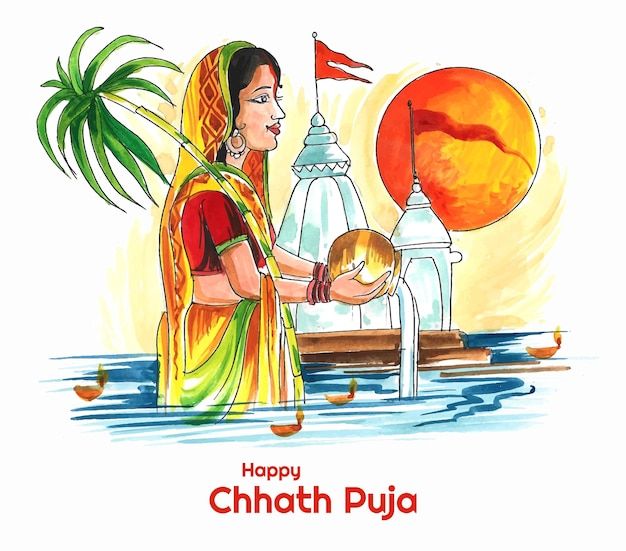
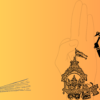

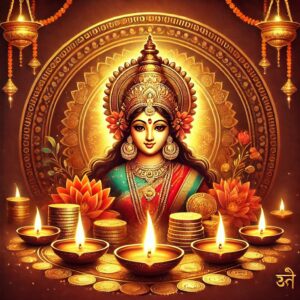
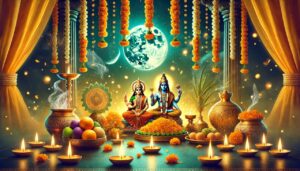
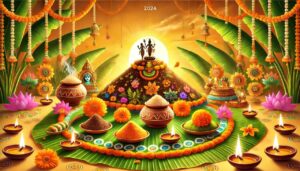

Add comment